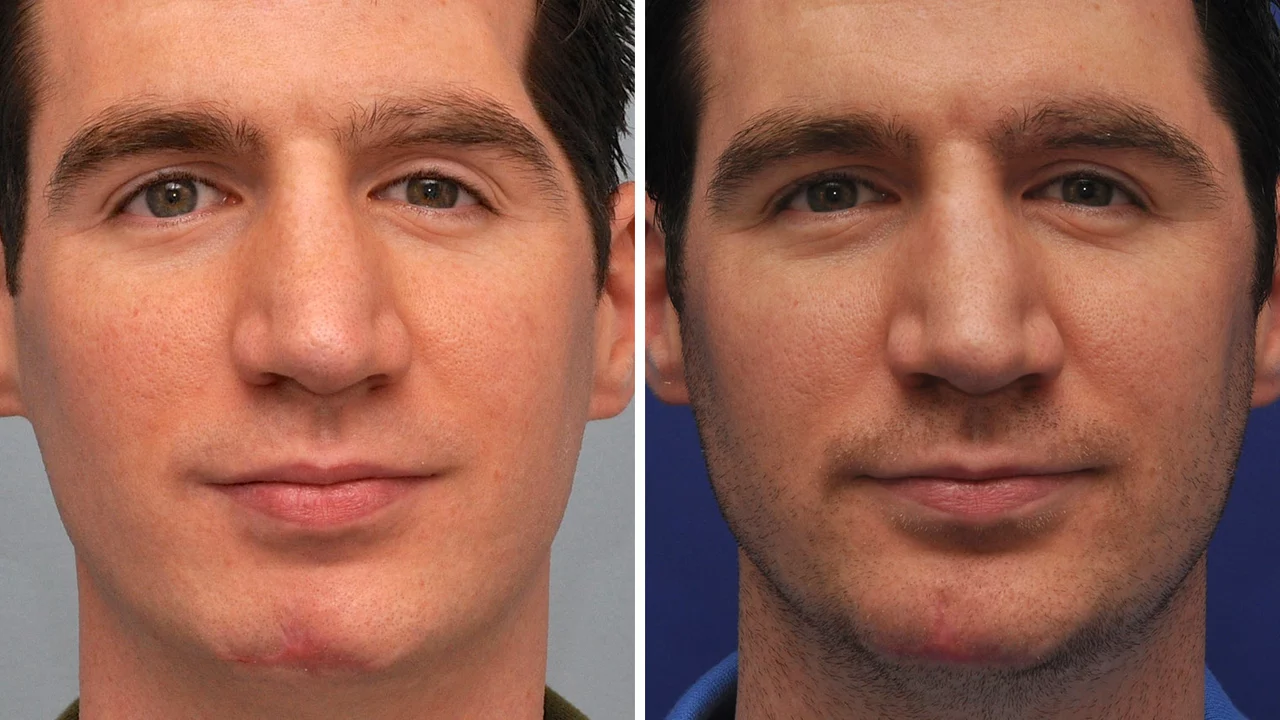Post-Surgery Care: Practical Steps to Recover Faster
You just had surgery — now what? Good post-surgery care speeds healing, cuts complications, and gets you back to normal sooner. These are simple, concrete steps you can start using today.
First, keep the wound clean and dry. Follow your surgeon’s dressing plan: when to change it, what kind of soap to use, and when baths are okay. If a dressing sticks, soak it gently with warm water rather than ripping it off. Use only the ointments or antiseptics your provider recommends — don’t add random creams from home.
Manage pain and medications
Pain control matters. Take pain meds on the schedule your doctor gave, not just when you feel awful. That prevents spikes of pain and helps you move better. If you use opioids, plan ahead: use the lowest effective dose for the shortest time, and ask about alternatives like acetaminophen, NSAIDs, or nerve blocks.
Before starting any new over-the-counter drug or supplement, check for interactions with your prescriptions. A quick call to the pharmacist can save trouble — they can flag dangerous mixes and suggest cheaper options. If cost is a worry, try a price-comparison app or ask your pharmacist about discount programs instead of skipping a needed medicine.
Move safely and sleep smart
Getting up and moving within the limits your surgeon sets reduces blood clots and speeds recovery. Short walks, gentle stretches, and changing positions often are better than long bedrest. Use support devices (crutches, braces) exactly as instructed to protect healing tissues.
Sleep is when your body repairs itself. Set up a sleep-friendly spot: pillows for support, easy access to water and the phone, and low noise. If hospital pillows or positions bother your wound, ask how to adjust for comfort without risking the repair.
Know the red flags. Call your doctor if you see increasing redness, swelling, worsening pain, foul-smelling or bloody drainage, fevers over 100.4°F (38°C), numbness that gets worse, or any breathing trouble. Don’t wait until things feel severe — earlier fixes are easier and cheaper.
Plan for daily needs. Arrange help for meals, errands, and childcare for the first few days. Stock staples like easy food, water, phone chargers, and a trash bin near your recovery spot so you don’t strain yourself.
Finally, document questions and symptoms. Keep a short log: meds taken, temperature, wound notes, and questions for your follow-up. That record makes follow-up calls faster and helps your care team give better advice.
Follow these practical steps, lean on your care team, and be proactive about meds and movement. Small habits in the days after surgery make a big difference in how quickly and safely you recover.

How to care for scars after cosmetic surgery
Taking care of scars after cosmetic surgery is crucial to promote healing and minimize their visibility. It's important to keep the scar clean and moisturized to prevent infection and dryness. Protecting the scar from the sun by using sunscreen or wearing protective clothing is another vital step. Light massage can also help to decrease scar tissue build-up. Lastly, be patient as scars can take up to a year or more to fully heal and fade.
Read More